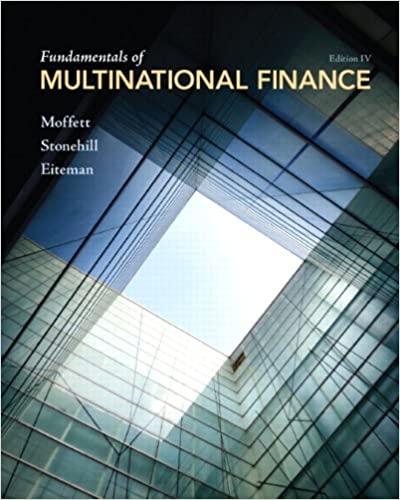Answered step by step
Verified Expert Solution
Question
1 Approved Answer
Assume that the NASDAQ 1 0 0 index has an annual average rate of return equal to 1 6 percent ( 1 6 % )
Assume that the NASDAQ index has an annual average rate of return equal to percent and a
annualized standard deviation of its' rate of return and that the rate of return of the NASDAQ
index is approximately normally distributed. Given these assumptions, what is the approximate probability
that the NASDAQ index will have an annual rate of return less than percent during the next
calendar year?
Assume that the NASDAQ index has an annual average rate of return equal to percent and a
annualized standard deviation of its' rate of return and that the rate of return of the NASDAQ
index is approximately normally distributed. Given these assumptions, what is the approximate probability
that the NASDAQ index will have an annual rate of return less than percent during the next
calendar year?
Assume that the S&P index has an annual average rate of return equal to percent and a
annualized standard deviation of its' rate of return and that the rate of return of the S&P Index is
approximately normally distributed. Given these assumptions, what is the approximate probability that the
S&P index will have an annual rate of return greater than negative zero percent during the next
calendar year?

Step by Step Solution
There are 3 Steps involved in it
Step: 1

Get Instant Access to Expert-Tailored Solutions
See step-by-step solutions with expert insights and AI powered tools for academic success
Step: 2

Step: 3

Ace Your Homework with AI
Get the answers you need in no time with our AI-driven, step-by-step assistance
Get Started


